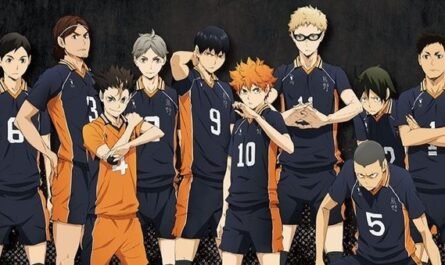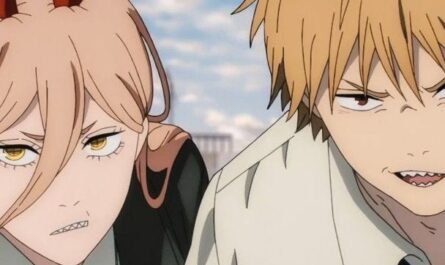” THE FIRST SLAM DUNK, “which has been open to the public since December 3 last year, exceeded 10 billion yen in box office revenue in 67 days (February 7).
The work was released with little information other than the cast and theme song revealed, but word of mouth spread about the splendor of the work, and it is spreading not only to fans of the original manga but also to a wide range of other people.
How did you go about creating such a spectacular and immersive basketball video? While referring to staff interviews and the book “THE FIRST SLAM DUNK re: SOURCE” (from now on referred to as “re: SOURCE”) posted on the official website, what was unique about the work without touching the story part? I want to introduce myself.
five years after project completion, four pilot films produced
Producer Toshiyuki Matsui launched the project ” THE FIRST SLAM DUNK.” Seeing the reaction to the TV animation ” SLAM DUNK ” DVD box released in July 2003, I approached the original office for the first time in the autumn of the same year with an offer to make it into a movie, but the answer was no. After that, in 2009, a project team was formally formed within Toei Animation, and a proposal was created as a video. Done.
Four pilot films were produced, and in December 2014, five years after the project was done, Mr. Inoue officially approved the film adaptation. Started. It took about nine years from the start of production and 14 years from the production of the pilot film.
Mr. Inoue says that as he watched the pilot films sent over and over again, he began to think that readers would be happy if ‘ SLAM DUNK ‘ was made into a movie. ‘s passion pushed the feelings in his heart. That’s why the film was made,” he recalled in an interview with “re: SOURCE.”
Trial and error to express “realistic basketball movements.”
After writing the screenplay and title, the actual animation production of this work began at the end of the summer of 2018. In an interview with “re: SOURCE,” Mr. Inoue revealed that from the beginning of the production, he thought “representing realistic basketball movements. This is not a hope but an obligation.”
In an interview with the staff on the official website, director Inoue mentioned that he wanted to draw the basket carefully and realistically and would not exaggerate his expressions.
To pursue realism, the actual basketball game was motion-captured (*a technology that digitally records movements) and turned into 3DCG. The direction is adjusted many times in units of millimeters and frames, leading to the final animation.
Inspired by the words of director Hayao Miyazaki that I saw on TV, “Latest paintings” drawn by Mr. Takehiko Inoue in large quantities
Manga writing is a personal work and animation production with many staff members. Mr. Inoue, the author of the original manga, who also served as the screenwriter and director of this work, had to verbalize the intentions of the painting he was intuitively drawing when he asked the staff to draw a picture. It was stressful.
However, in an interview on the official website, many staff members praised Mr. Inoue for his clear guidelines as a director and quick judgment, and Mr. Inoue respected the staff members as “(anime) teachers” at the production site. It is said that the work was progressing.
As a director, when Mr. Inoue was unsure whether he should focus on “drawing,” which he had cultivated in the manga until now, in the Studio Ghibli documentary, director Hayao Miyazaki turned to director Hiromasa Yonebayashi. He saw the memo “Draw Maro (* Director Yonebayashi’s nickname)!” Mr. Inoue said that he was greatly inspired by the fact that he would draw such people and that Mr. Inoue himself was convinced that drawing would lead to a better movie.
In fact, at “re: SOURCE,” you can see a vast “latest picture” drawn by Mr. Inoue. Mr. Inoue is deeply involved in the actual work of anime production, not only at the pre-production stage, such as idea sketches, storyboards, storyboards, etc., but also in adjusting and correcting drawings and newly drawn illustrations. You can see that the video is working.
In an interview with “re: SOURCE,” Mr. Inoue, who finished the movie production, said that he is happy that “the drawing has improved” through the animation production work that draws a persuasive picture and conveys it to the staff.
*The above content was written concerning the book “THE FIRST SLAM DUNK re: SOURCE” (published by Shueisha) and the interview collection “COURTSIDE”











